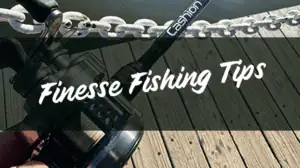What Is The Best Color For Braided Fishing Line? Does It Really Matter?
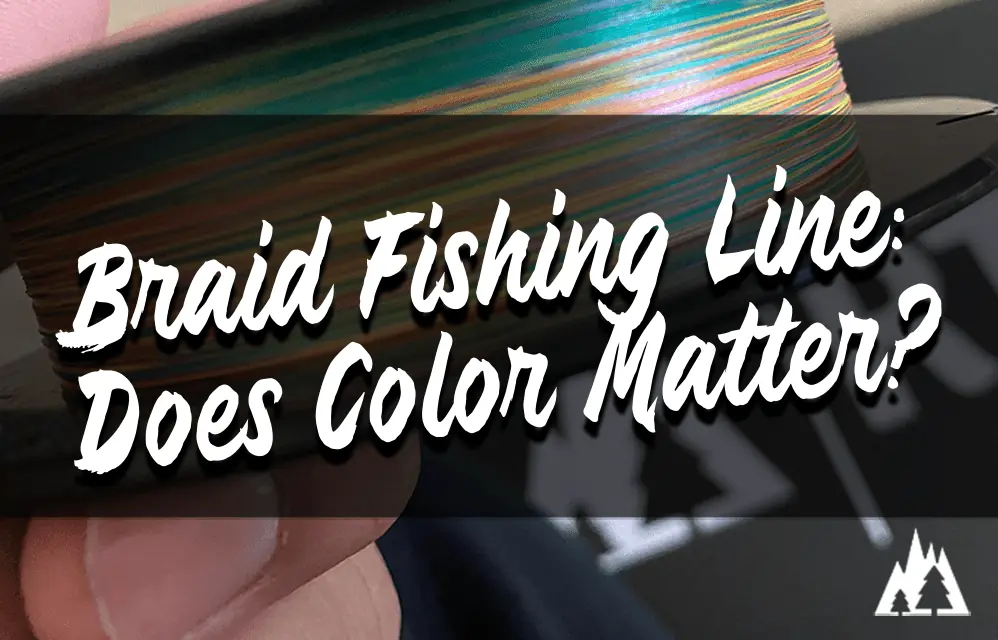
What is the best color braided fishing line? No such thing, Yep, I said it.
Far too many anglers get caught up in such topics, and I’m one of them.
But the reality is the best color for braided line is based on the personal preference of each angler, the type of fishing (sight fishing, saltwater, etc.), and the body of water (clear, murky, etc.).
That’s the reason why manufacturers make so many colors.
In my opinion, it doesn’t matter much because anglers usually tie on a fluorocarbon or monofilament leader.
The braided line that’s currently spooled on my baitcaster is multi-colored.
With so many colors available on the market today, does one really stand out from the rest?
In this post, I’ll go into more detail about the following:
- What types of colors are available for braided lines
- How they affect performance and visibility in different conditions
- Tips for choosing and maintaining them
Let’s dig in.
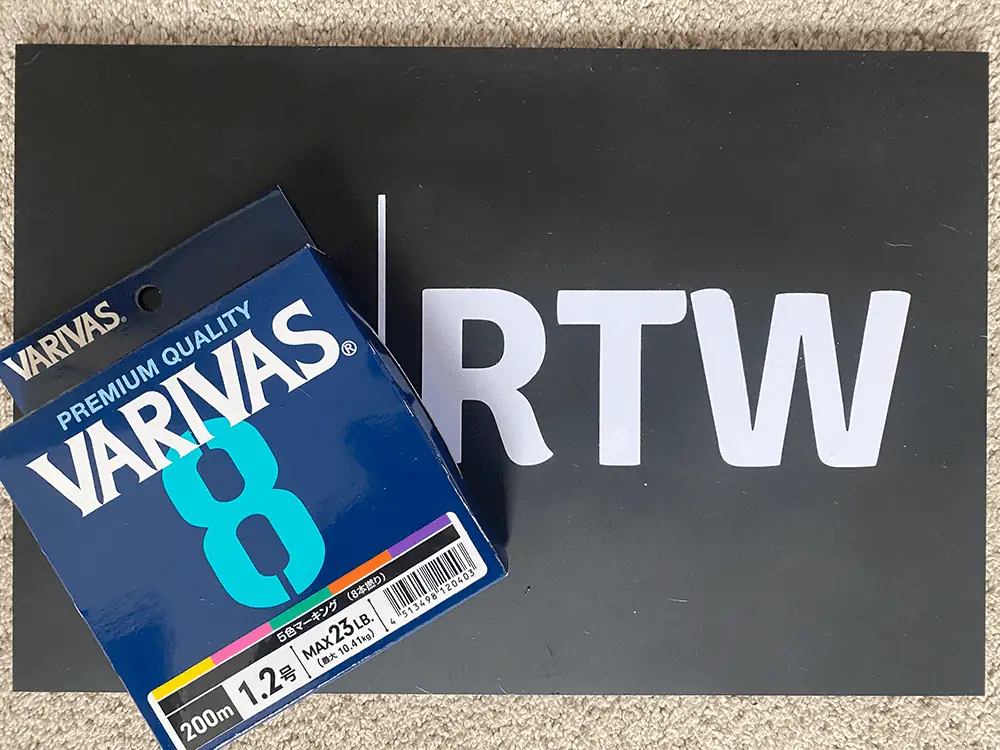
What is Braided Fishing Line?
A braided fishing line is a type of fishing line made from multiple strands of thin, strong material. It’s typically composed of nylon, polyethylene, or Spectra fibers woven together to form a single line.
Braided lines are known for their strength and durability, making them popular among anglers who need reliable tackle for tough conditions.
They are buoyant and have little line memory compared to mono or fluorocarbon braid.
I like spooling braid on my baitcaster because it’s strong, thin, and lasts a decent amount of time before re-spooling.
The strength of the line doesn’t get compromised as much as mono or fluorocarbon.
Types of Braided Fishing Line
There are several types of braided fishing lines available on the market today.
The most common type is a four-strand braid, which consists of four individual strands twisted together into one unified piece.
Other varieties include eight-strand braid (eight individual strands), multi-color braid (several colors woven together), and fused braid (multiple strands fused into one).
Each type has its own advantages and disadvantages, depending on the application.
Benefits of Using Braided Fishing Line
One major benefit of braided fishing line is their incredible strength compared to monofilament lines. This makes it ideal for deep-sea fishing, where you need extra power to haul large catches from great depths.
Or when you’re fishing in heavy cover and need to slice through heavy vegetation when pulling fishing out.
Braids have less stretch than mono so they can be used with more sensitivity when targeting finicky fish like trout or bass in shallow-water environments.
However, with hardly any stretch to it, you need to be careful when setting the hook. For example, if you don’t have a mono or fluorocarbon leader on, you’ll rip the hook out of the fish’s mouth if you’re not careful.
This line is great for topwater lures since it floats on the water and doesn’t try to sink your lure.
Also, because it’s thinner than other lines, it allows you to use lighter lures without sacrificing casting distance or accuracy due to added weight from thicker lines such as monofilament or fluorocarbon options.
Drawbacks Of Using Braided Fishing Line
The main drawback associated with using braids is that they tend to be more visible underwater than monofilament or fluorocarbon options due to their bright colors and lack of refraction properties found in those materials, respectively.
This is why I always use a fluorocarbon leader for a couple of reasons:
- The added leader provides a little stretch that allows me to do a solid hook set.
- Adding at least a 5-6′ leader will provide more invisibility when presenting your lure.
Some anglers find them difficult to tie knots with due to their slippery nature, leading to increased frustration while trying to make connections between leader material and hooks.
You’ll get used to it. My favorite knot to tie braid to fluorocarbon leader is the FG knot below:
Lastly, they also tend to be more expensive per yard when compared to other types mentioned above, but they last a bit longer.
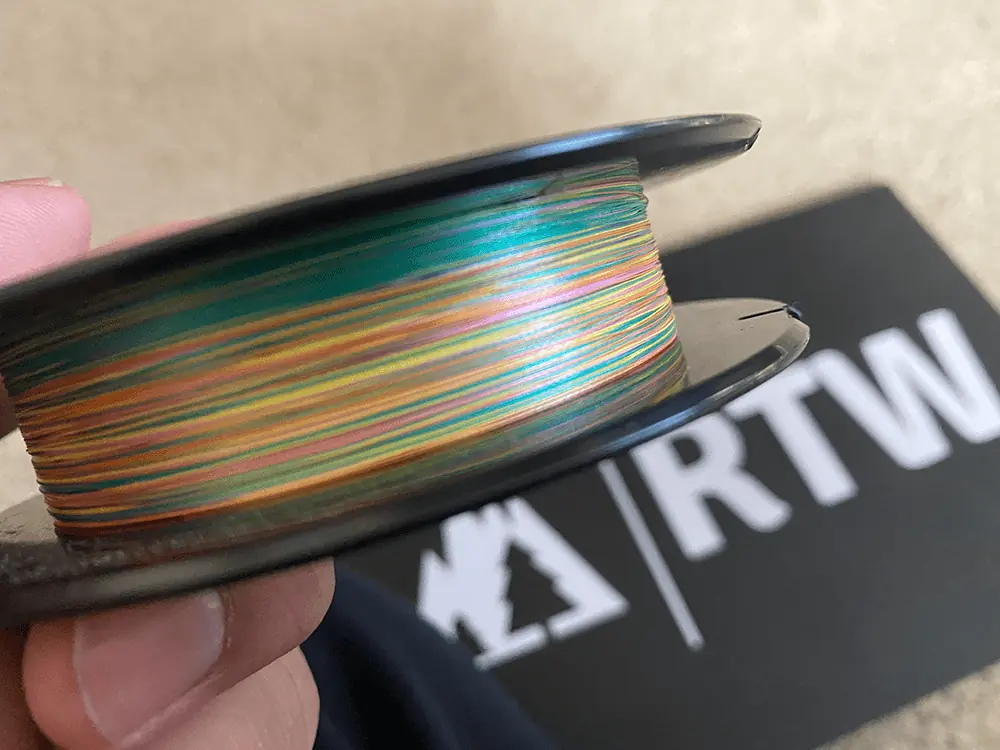
Does Color Matter When Choosing Braided Fishing Line?
When choosing a braided fishing line, color is an important factor….for the fish and angler.
For me, it’s more important that I can see the line than the fish.
Visibility To Fisherman
Yes, there are other considerations when selecting a color because it’s the most visible fishing line underwater compared to other types.
But I think the choice of color is based on how well the fisherman can see the line based on water clarity and weather conditions. Most anglers, like me, will use braid as an early strike indicator.
When the braided line goes from slack to taught, they’ll know there’s a fish on.
It’s highly sensitive, and you’ll be able to see the slightest movement.
Whatever color braid allows you to see that, whether moss green or high-vis yellow, go for what works best for you.
They all work.
Brightly colored lines such as orange or pink make it easier for fishermen (or women) to track where their bait has been cast without having them strain their eyes, looking for subtle changes in the shade along the surface of the water.
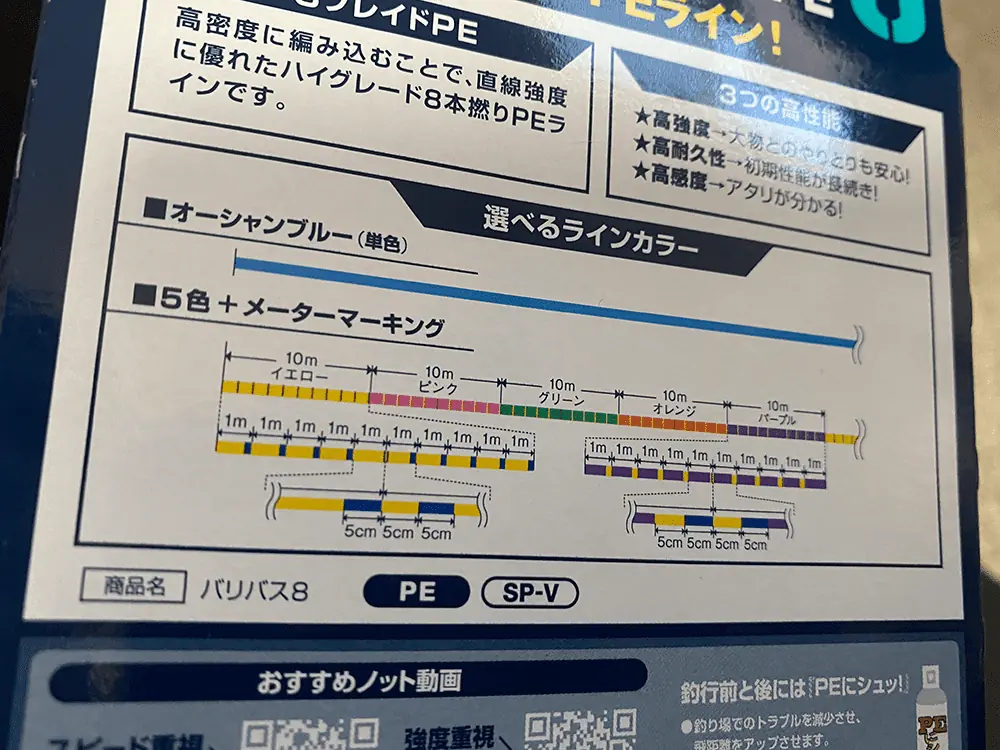
Reason why I chose a multi-colored braid is because each colored segment represents about 10 yards of line and it visually helps me see how slow or fast my lure is moving in the water.
Another bonus with bright colors, it helps reduce tangles during retrieval, which can save time and frustration out on the lake or river bank.
Visibility to Fish
The visibility of your fishing line to fish will depend on several factors, including water clarity and light penetration, in addition to the chosen color.
Generally, lighter colors like yellow or white are more visible in clear waters, while darker colors like green or black blend better with murky waters.
It’s also important to consider how much light penetrates into deeper depths; for example, blue lines tend not to be visible at greater depths due to their lack of contrast against dark backgrounds.
Other Factors To Consider When Choosing Color
Apart from visibility issues related directly to catching fish, there are other things you should consider when selecting a braided fishing line based on its color – abrasion resistance and UV protection properties offered by certain brands/color combinations over others.
For instance, some manufacturers offer lines treated with special coatings designed specifically for increased durability against rough surfaces like rocks or coral reefs.
You’ll have a slight disadvantage over mono or fluorocarbon when you fish in areas with lots of sharp rocks or boulders.
Many companies now produce lines offering superior protection against sun damage, making them ideal choices if you spend long periods outdoors exposed to direct sunlight while maintaining optimal performance levels throughout multiple uses over extended periods.
What Colors are Available for Braided Fishing Line?
When it comes to braided fishing line, there are a variety of colors available. Certain colors may be more beneficial than others depending on the type of fishing you’re doing and the environment you’re in.
Common Colors and Their Uses
The most common color for braided fishing line is green. This color is ideal for clear water conditions because it blends in with the natural surroundings and doesn’t spook fish away. Other popular colors include yellow, blue, white, black, and brown, which can all be used depending on the situation.
For example, yellow or orange lines are great for low-light conditions, while white or silver lines work well in bright sunlight.
In addition to these basic colors, specialty options such as fluorescent or glow-in-the-dark lines can help make your line stand out from its surroundings when visibility is an issue.
These lines can be helpful if you need to track your lure during nighttime fishing trips or deep-sea expeditions where darkness limits underwater visibility.
Some unique patterns, like camo designs, blend into specific environments like wooded areas near rivers or lakeside vegetation, making them perfect for stealthy anglers who want to get close without being seen by their prey.
Tips for Maintaining Your Braided Fishing Line
Proper Storage Techniques
It is important to store your braided fishing line properly to maintain its color. Always keep it away from direct sunlight, as this can cause the colors to fade or change over time.
If possible, store it in a cool and dry place such as a tackle box or airtight container. Also, ensure that you avoid storing your line near any chemicals or abrasive materials that could damage the line’s color.
If all else fails, you may need to purchase new spools of braided fishing line to replace any faded sections on your existing reel setup. This will help restore some of the original colors into your braided fishing line without further damaging it.
FAQs
What color is best for braided line?
The best color for braided line depends on the fishing conditions and personal preference.
Generally, lighter colors like green or yellow are better in clear water as they blend in with the surroundings. For example, darker colors, such as blue or black, are better for murky waters where visibility is low.
Some anglers prefer to use a combination of colored lines to help them identify which line is connected to what lure or bait.
Ultimately, choosing the right color of braided line comes down to experimentation and finding out what works best for you.
What color braided line is invisible to fish?
The color of braided line that is mostly invisible to fish depends on the water clarity and lighting conditions.
A light green or yellow braid will be the least visible in clear, shallow waters with bright sunlight.
Dark colors such as black or blue are best for deeper waters with low visibility. Fluorescent colors can also help make the line more difficult for fish to see in murky water.
Regardless of color choice, using a thin-diameter line helps reduce visibility even further and even more so when using a mono or fluorocarbon leader.
What color of fishing line is the best?
The best color of fishing line depends on the type of fish you are targeting and the environment in which you are fishing.
Generally, clear or low-visibility lines like green or blue work well for most freshwater species, while darker colors such as brown or black may be better suited for saltwater angling.
Fluorocarbon lines offer increased abrasion resistance and invisibility underwater, making them a great choice for both types of water. Ultimately, it’s important to experiment with different colors and brands to find what works best for your specific needs.
What color braided line is best for bass fishing?
Braided fishing line is a popular choice for bass fishing due to its strength and durability. The best color of braided line for bass fishing depends on the water clarity, weather conditions, and the type of lure used.
Lighter colors, such as green or yellow, are better in clear water, while darker colors, like black or blue, work well in stained waters. Additionally, some anglers prefer high-visibility lines such as fluorescent orange or chartreuse when using topwater lures during low-light conditions.
Ultimately, it’s important to experiment with different braided line types and colors until you find what works best for your specific situation.
Before You Go
Before you head out on the water, here are a few resources to help you become a better angler:
- What Size Rod Is Best For Trout Fishing? A Guide to Choosing The Right Setup
- Can I Use My Freshwater Fishing Rod And Reel in Saltwater? Pros And Cons
- Are Polarized Sunglasses Worth It For Fishing?
- What Is The Best Bass Fishing Line For Spinning Reel? (Plus Money Saving Tips)
- Is A Baitcaster Good For Beginners? My Honest Opinion.






